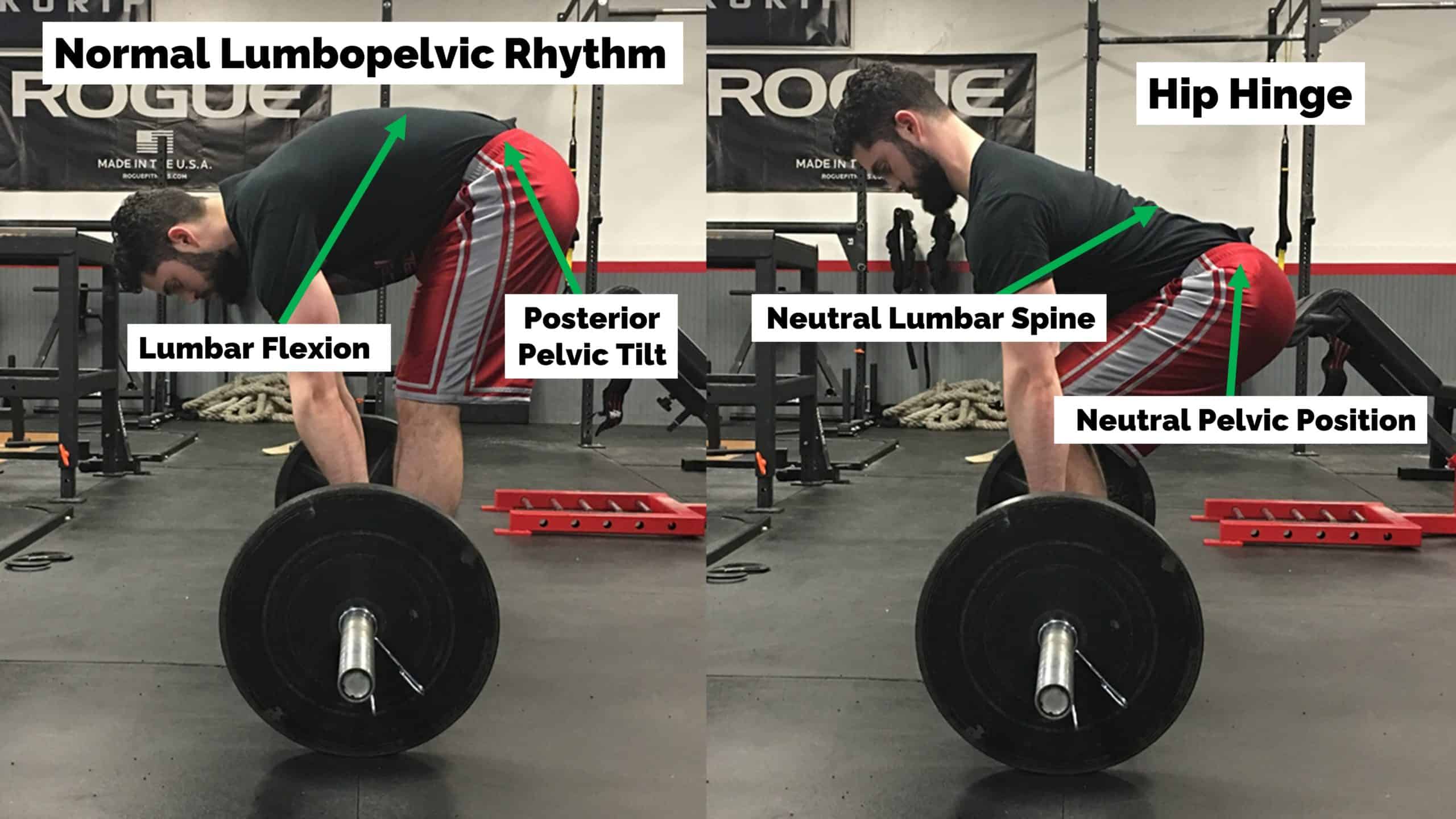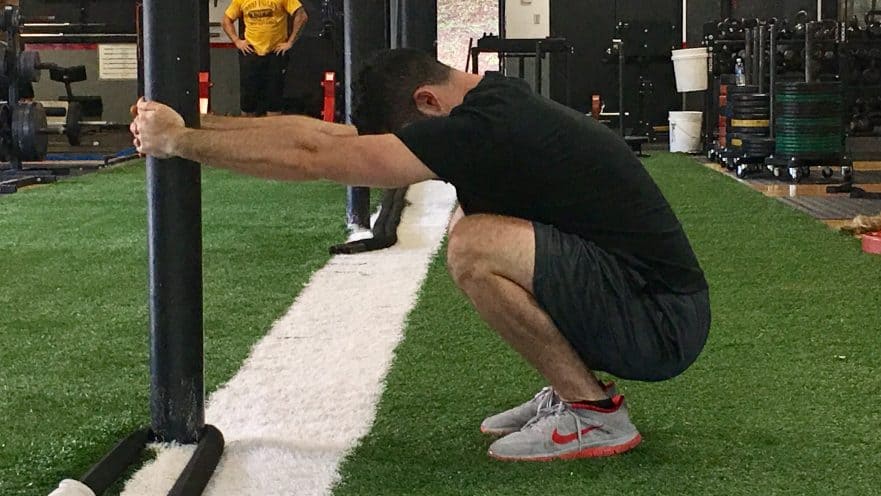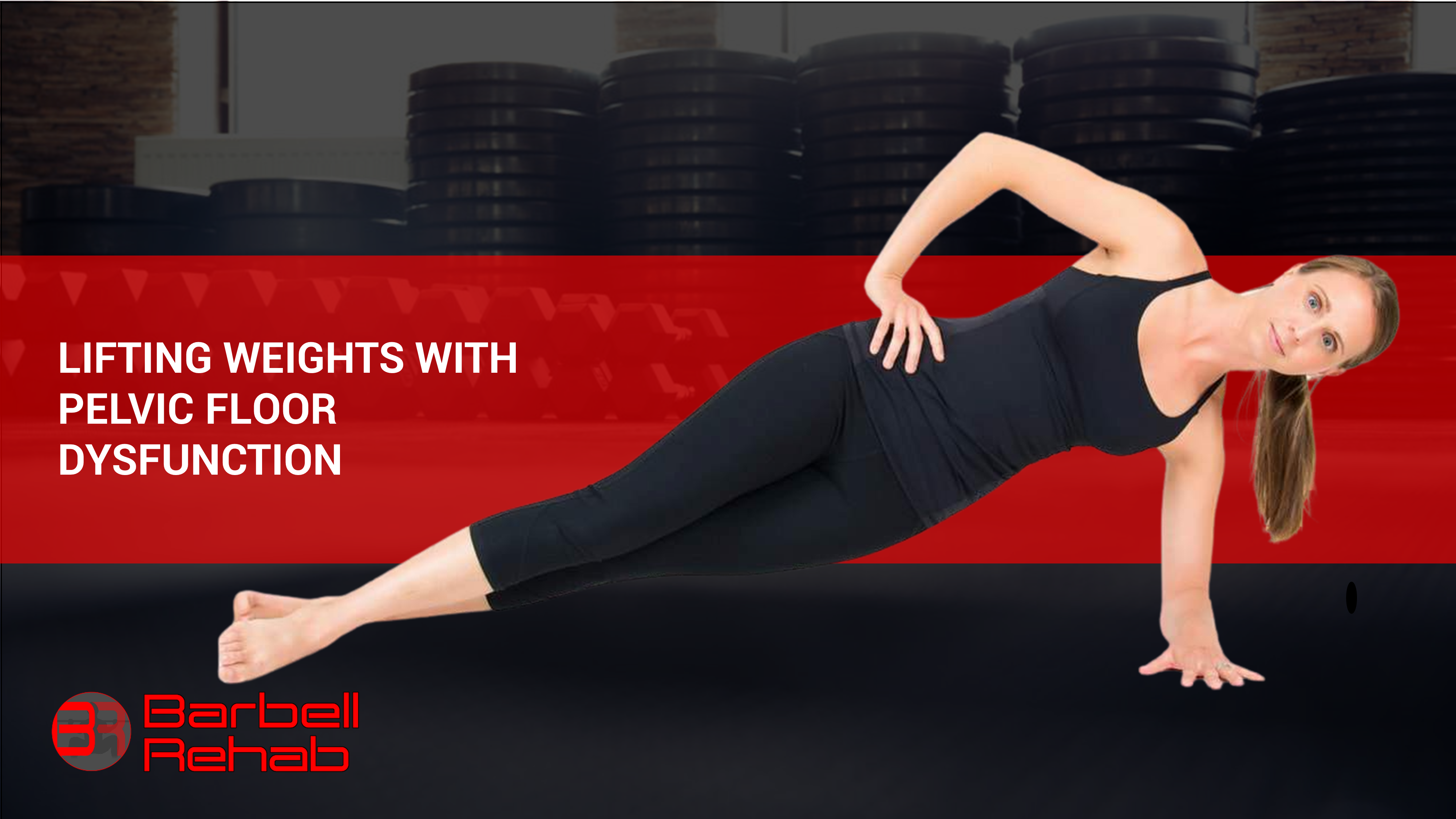The hip hinge is one of the most beneficial movement patterns any lifter should master. It enables you to safely and efficiently lift heavy loads off of the ground. However, just because it may be a great way to lift weights in the gym, doesn’t mean you should avoid spinal flexion completely! Here's why.
What is the Hip Hinge?
The hip hinge is a way to dissociate spinal movement from hip movement and is often the preferred method for lifting weights off of the floor. In “normal” lumbopelvic rhythm, or the way the spine and pelvis naturally move together, lumbar flexion (forward bending) occurs with posterior pelvic tilt, and lumbar extension (bending backwards) is coupled with anterior pelvic tilt.

With the hip hinge, however, the goal is to try and consciously limit movement at both the lumbar spine and pelvis and allow only the hips to go through flexion and extension. So you essentially “lock” the lumbar spine and pelvis together via an isometric hold in “neutral” (more on this later) and then just let your hips do all the work.
Because the hip hinge pattern places the hamstrings on stretch, it allows you to really let the hamstrings contribute to the movement vs. relying primarily on your low back musculature.
To be clear, there’s nothing inherently wrong or injurious with “using your low back” during a lift. However, from a mechanical efficiency standpoint, shifting the load to the hamstrings will allow you to use more weight, perform more reps, and thus produce a greater hypertrophy and training stimulus.
Spinal Flexion is Not Only Natural...It’s Unavoidable
Let’s talk about spinal flexion. So we’ve already discussed that the hip hinge is the preferred method for lifting heavy things off of the floor, but does this mean lumbar flexion should be avoided completely? If you flex your spine, will it lead to injury? And even better, can you REALLY completely avoid lumbar flexion anyways?
Here’s the truth. Did you know that even when a lifter’s spine looks “neutral” to the coach’s eye, that there is approximately 26° of lumbar flexion during a kettlebell swing and 40° during a squat? Considering that “standard” lumbar flexion ROM is 60°, this means that even when the spine looks neutral, it’s going through 43% of its available flexion ROM for KB swings and up to 67% of its available flexion ROM for squats. This goes to show that a “neutral” lumbar spine is really a range that includes some flexion, vs. a very specific position without any flexion.
Lumbar flexion during heavy lifting is therefore unavoidable, and injuries that are often blamed on “letting the back round” are probably due more to a load tolerance issue vs. a form issue.
In other words, if you start doing rounded back deadlifts at a high volume after never doing them before, you may increase your risk of injury. This isn’t because they are “bad” but if you try to do anything too fast too soon without giving your body the optimal amount of time to adapt to it, that’s where the risk arises.
Despite All of This...We Still Coach the Hip Hinge
Despite knowing that there is some lumbar flexion present even when the lifter appears to be in “neutral” to the coaches eye, I still recommend coaching the hip hinge. Why? Not from an injury risk reduction standpoint, but rather, from a performance one.
As mentioned, getting into a good hip hinge allows you to maximize the hamstrings contribution to the lift and is also the optimal position to produce power from.

Therefore, we shouldn’t be telling people that lumbar flexion is “bad” for them. This, in and of itself, can make people afraid to bend and thus lead to increased protective tightness in the area. This is why we coach the hip hinge in the gym from a performance standpoint, but promote movement fluidity throughout everyday life.
Stop Hip Hinging Your Way Through Life
We humans aren’t born with the capability to hip hinge effectively. It is a learned behavior! As mentioned above, the “default” way to move is to allow lumbar flexion to occur with posterior pelvic tilt, and lumbar extension with anterior pelvic tilt.
We coach the hip hinge in the gym because it provides a mechanical advantage to lift heavy weight. So essentially, the hip hinge should be reserved for exactly this...training in the gym. If you try and carry this pattern over to trivial everyday life movements such as bending over to pick up a pencil or tie you shoe, problems can arise.
I made this mistake very early on in my lifting career. As soon as I learned the hip hinge pattern, I fell in love. Suddenly anytime I bent over for ANYTHING...I performed a hip hinge. Because why not? It's how you're SUPPOSED to bend over to pick up anything right?
Here's the truth. Performing the hip hinge in the gym should NOT come at the expense of completely avoiding spinal flexion during everyday life activities. If you need to bend over to wash your hands...bend your damn back please. Our lumbar spine is supposed to flex...why are you avoiding it?
If You Don't Use It, You'll Lose It
Somewhere along the way when the hip hinge entered the mainstream exercise and fitness realm, some thought this meant you should also avoid spinal flexion. Will there be times that you temporarily need to avoid lumbar flexion? Of course. With acute low-pack pain, your brain may perceive lumbar flexion as a "threatening" motion. In this case, you may need to avoid it for a little and train other movement patterns. However, it's IMPERATIVE that you re-integrate it, slowly, once this threat decreases. Again, the spine is supposed to flex.
For those who don't have pain with lumbar flexion, why are you avoiding it? There's no better way to lose lumbar flexion range of motion than constantly hip hinging day-in and day-out anytime you bend forward. Combine that with the fear that spinal flexion will hurt you and suddenly your brain begins to actually believe these thoughts!
Guess what happens next? The next time you "accidentally" go into lumbar flexion, suddenly it hurts. Funny how that works. Consistently avoiding lumbar flexion is the quickest way to actually lose that range of motion while simultaneously making it a perceived threat. Our brain is more powerful than you think!
It’s Time to Reframe Our Thoughts on Lumbar Flexion
Interesting enough, I've found that people who tend to hip hinge everything, also complain of perceived tightness in the lumbar spine area. Did you ever think that just might be your brain telling you it's time to move it? The question is...how do you do it safely if you’ve been avoiding it for so long?
The key to slowly re-integrating lumbar flexion is to do it for a short duration and low load. If your body isn't used to it, haphazardly adding long-duration static stretching may not be the way to go.
Instead, try dynamically including it as part of your warm-up. You can start with doing this in quadruped and then progress to standing as your tolerance increases.
This quadruped rockback lumbar flexion restoration series is one of my favorite ways to gently encourage lumbar flexion after a spine injury or after a prolonged period of hip-hinging your way through life. You can take it a step further and move your butt back to each heel to really open up each side as well.
The squat-to-stand with overhead reach is another one of my favorite ways to promote lumbar spine mobility. It also provides the benefit of grooving thoracic extension and shoulder flexion in the deep squat position, making it a perfect precursor to the Olympic lifts.
Final Thoughts? Stop Fearing Spinal Flexion
The bottom line is this. Spinal flexion is a natural human movement. Instead of walking around, stiff as a board all day with your lumbar spine locked in "neutral" don't be afraid to bend your damn back.
On the other hand, don't misinterpret this message. The hip hinge will always reign superior when the goal is to safely and efficiently lift something heavy off of the ground. We coach the hip hinge in the gym because it is the most mechanically efficient way to lift a heavy load. But, please, when you're just moving throughout your daily life, bend your back, and stop fearing spinal flexion!





